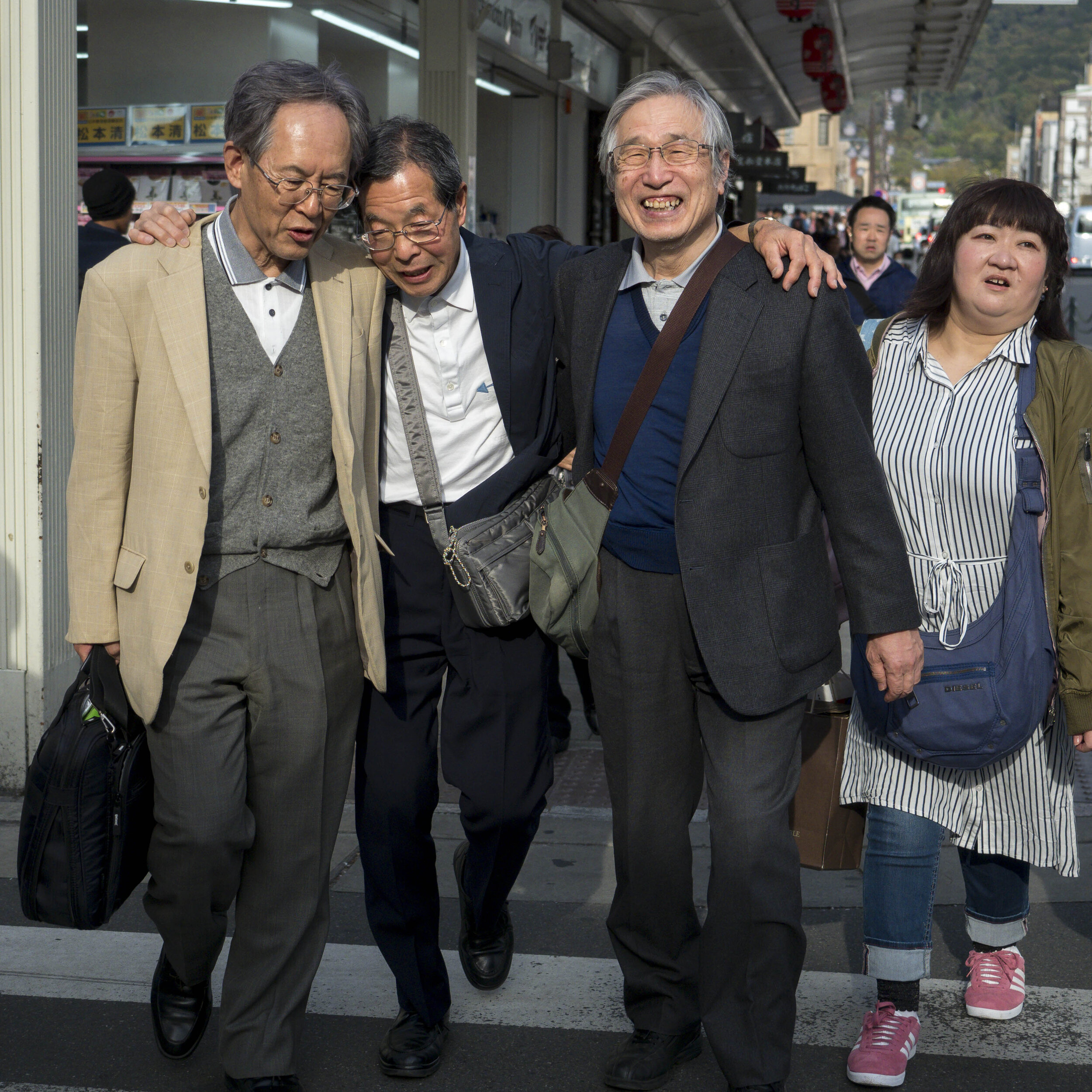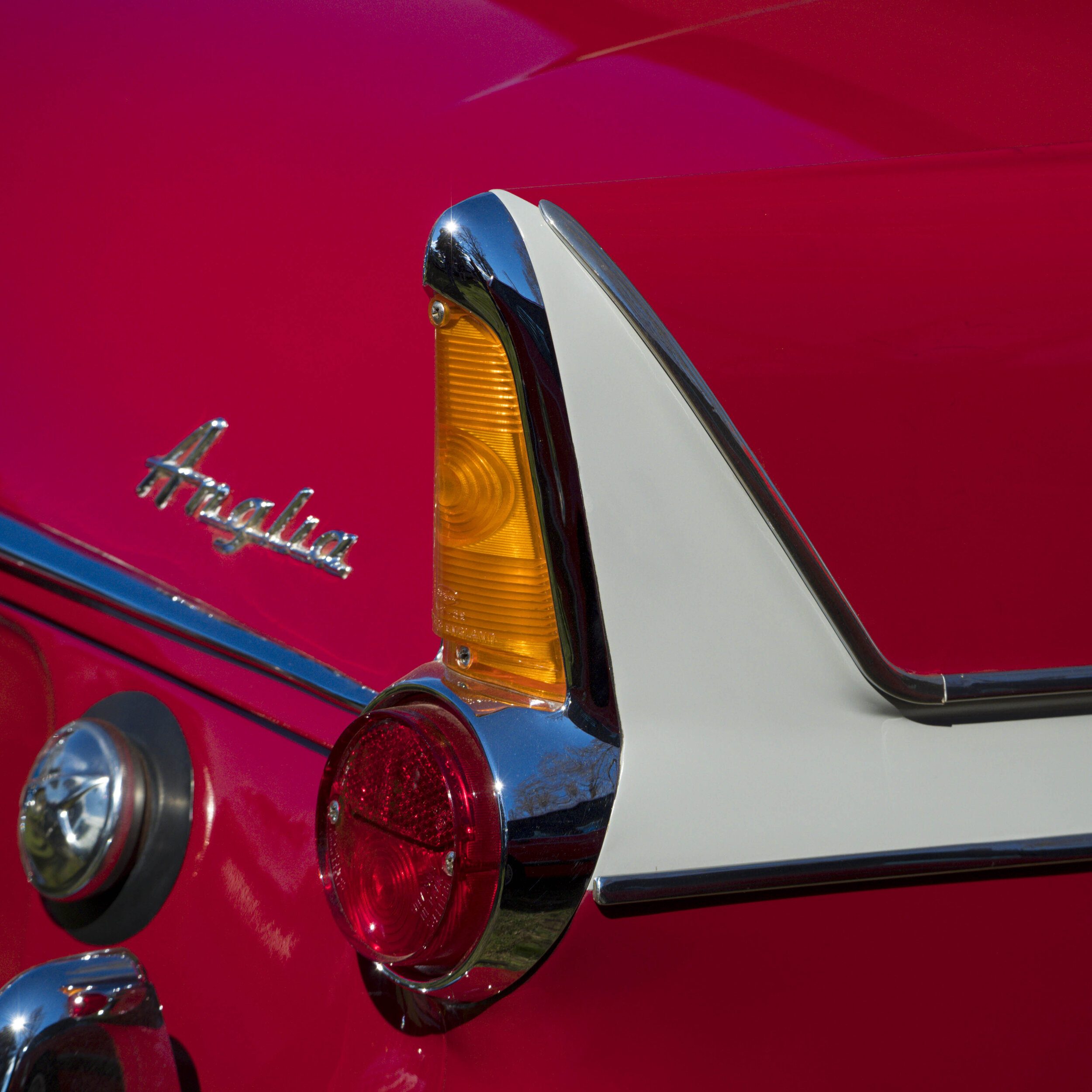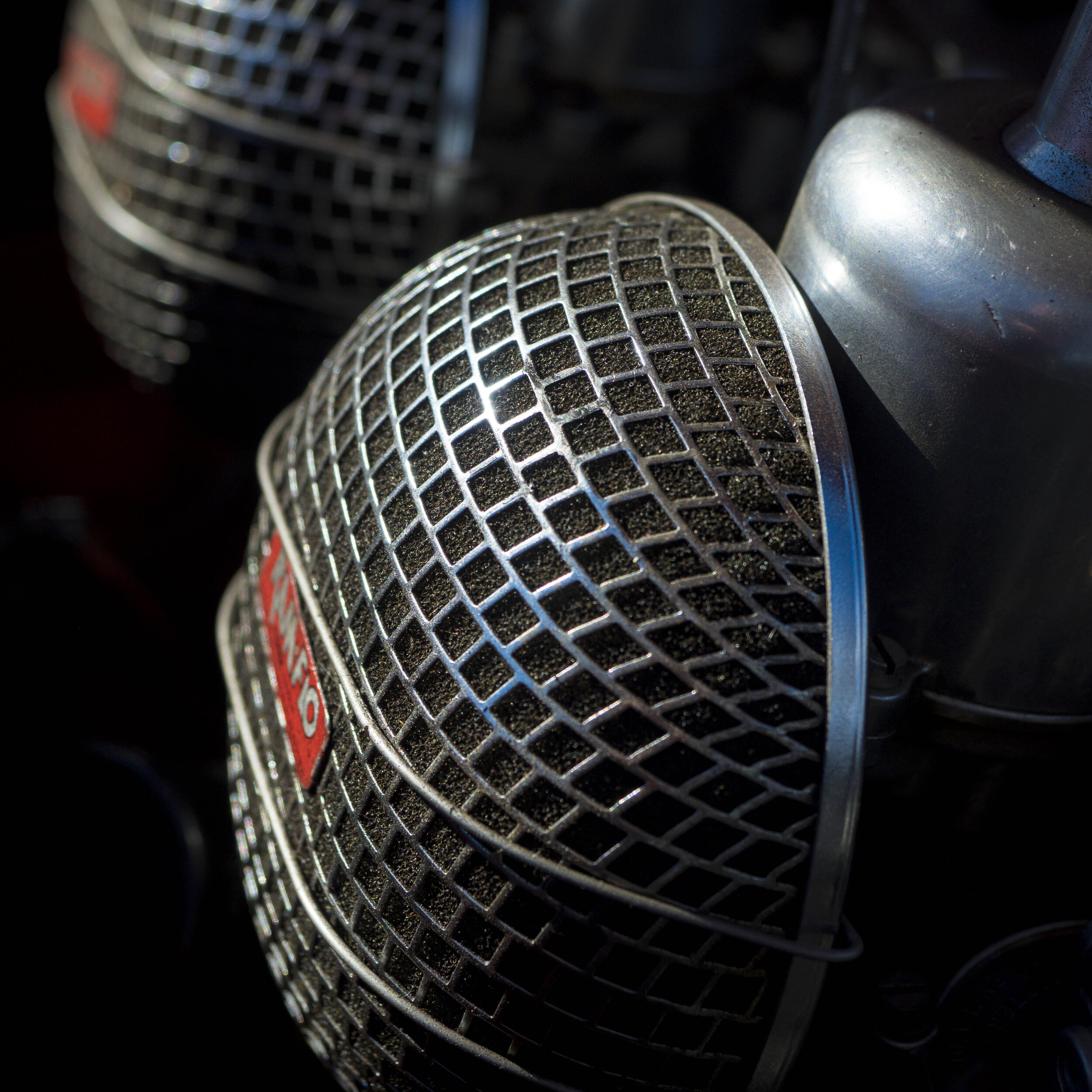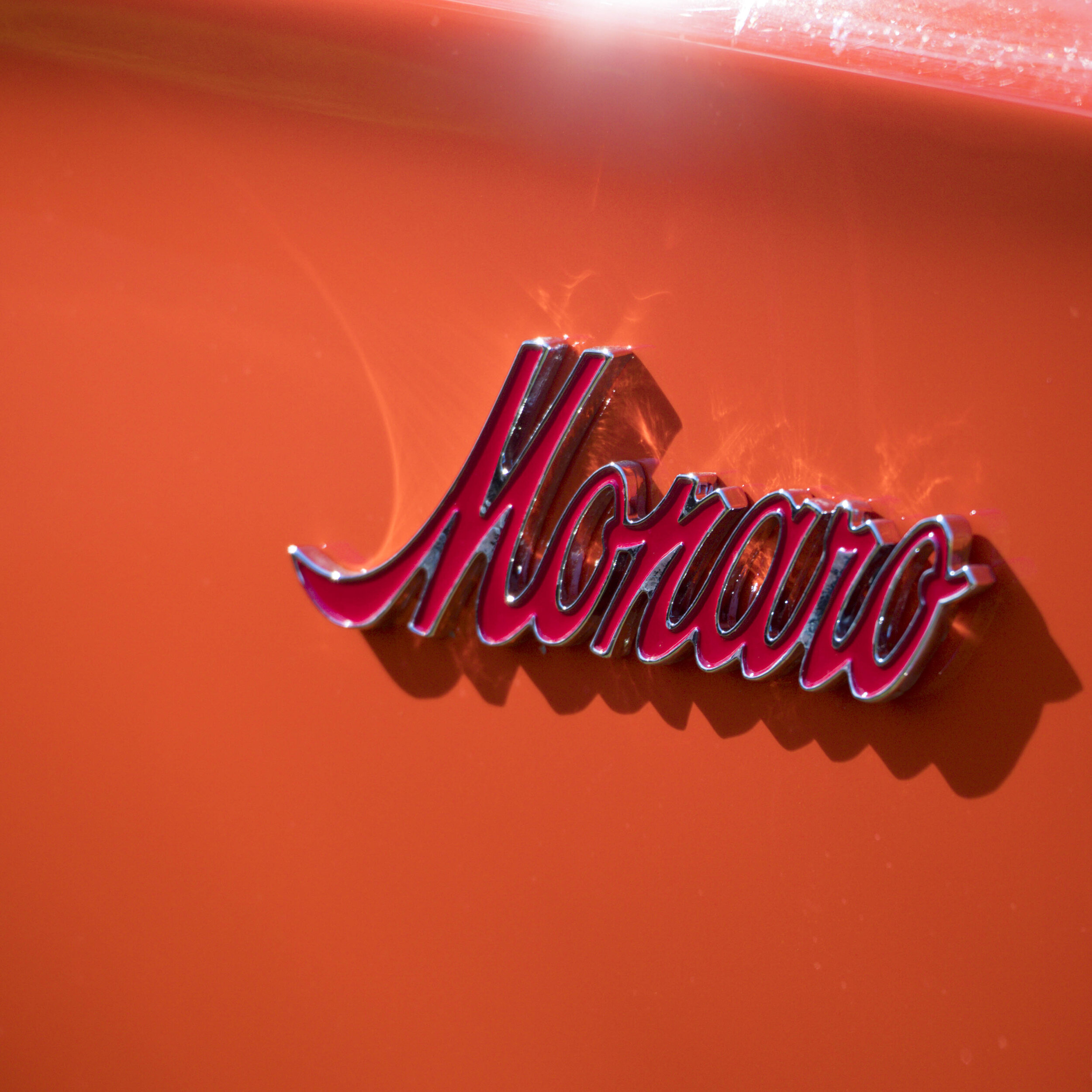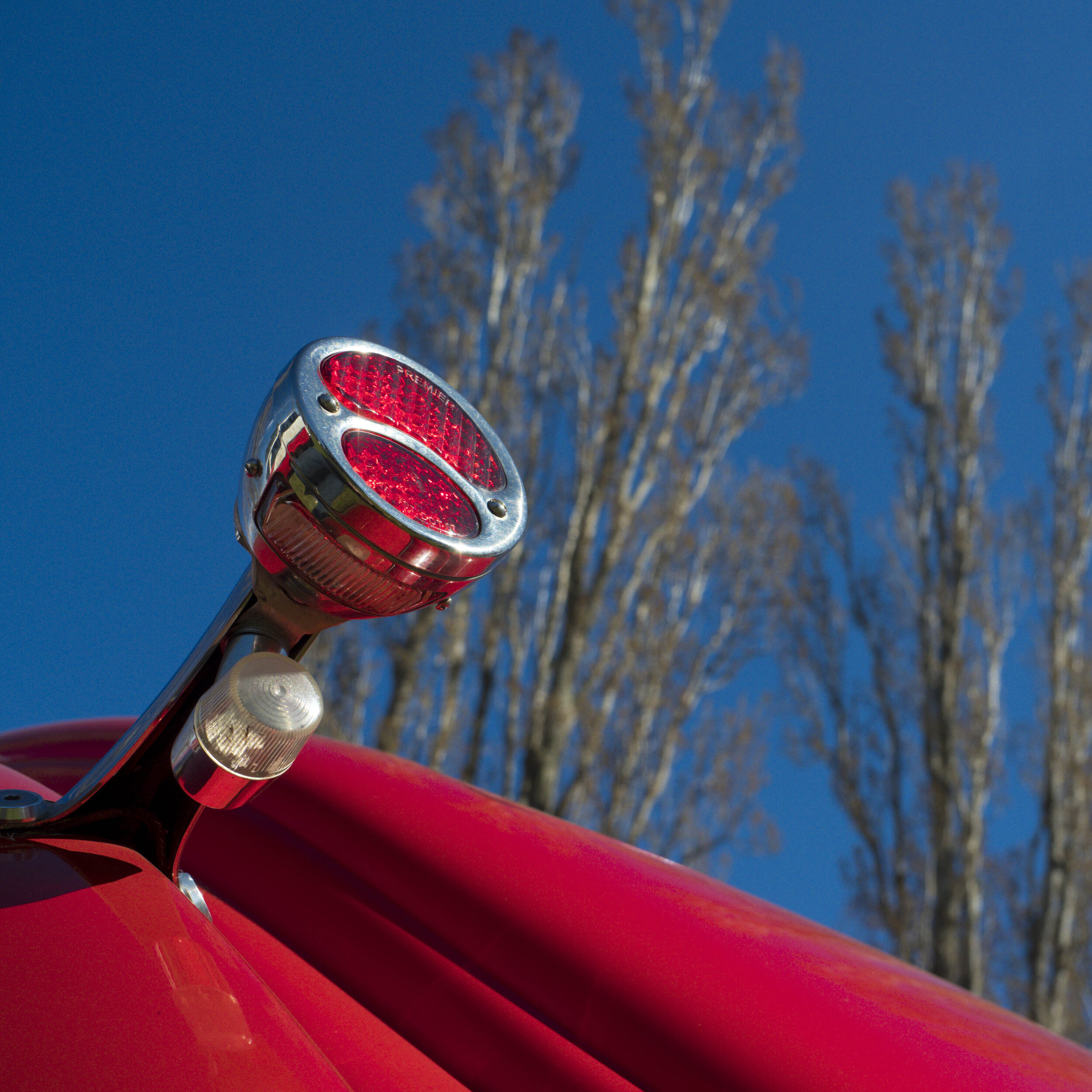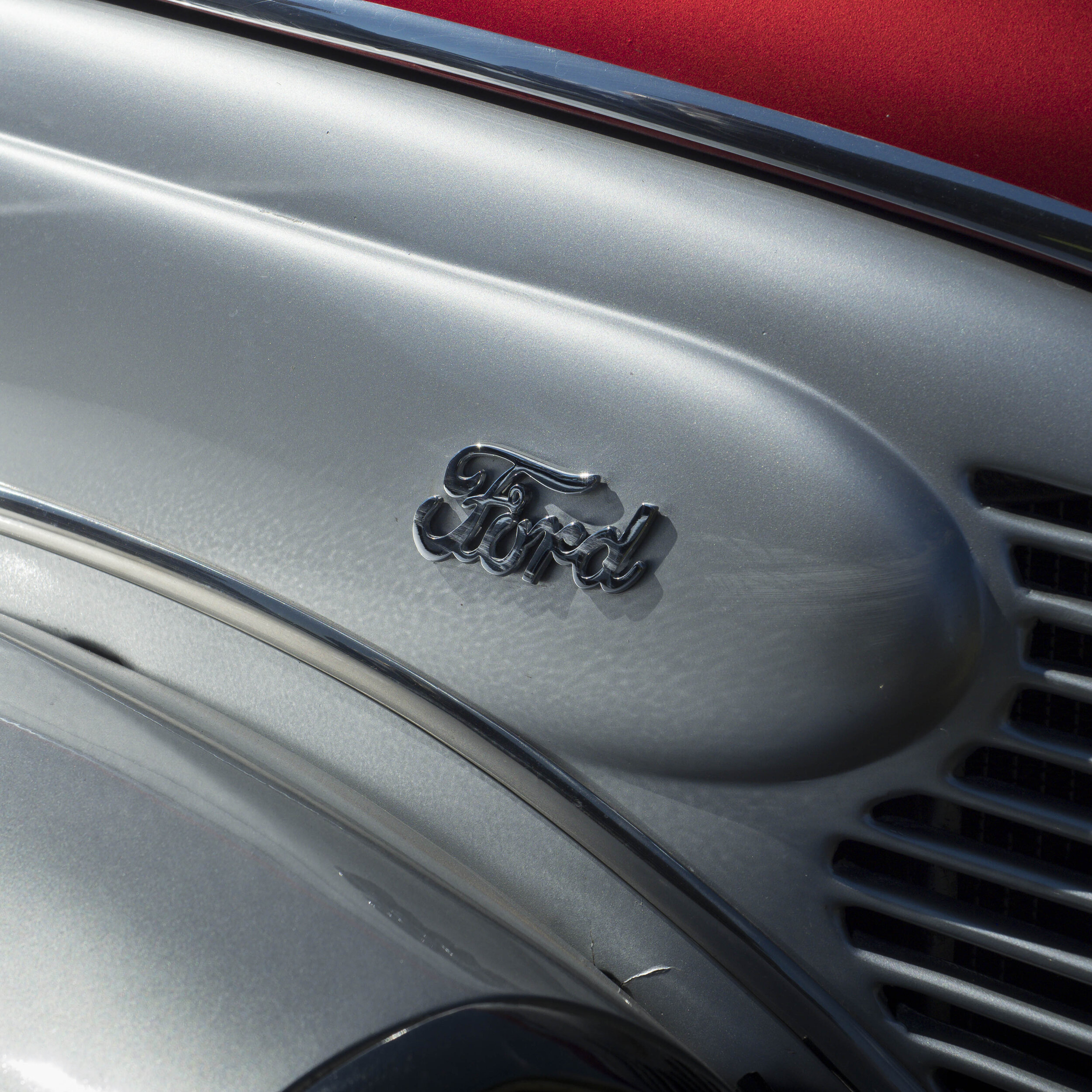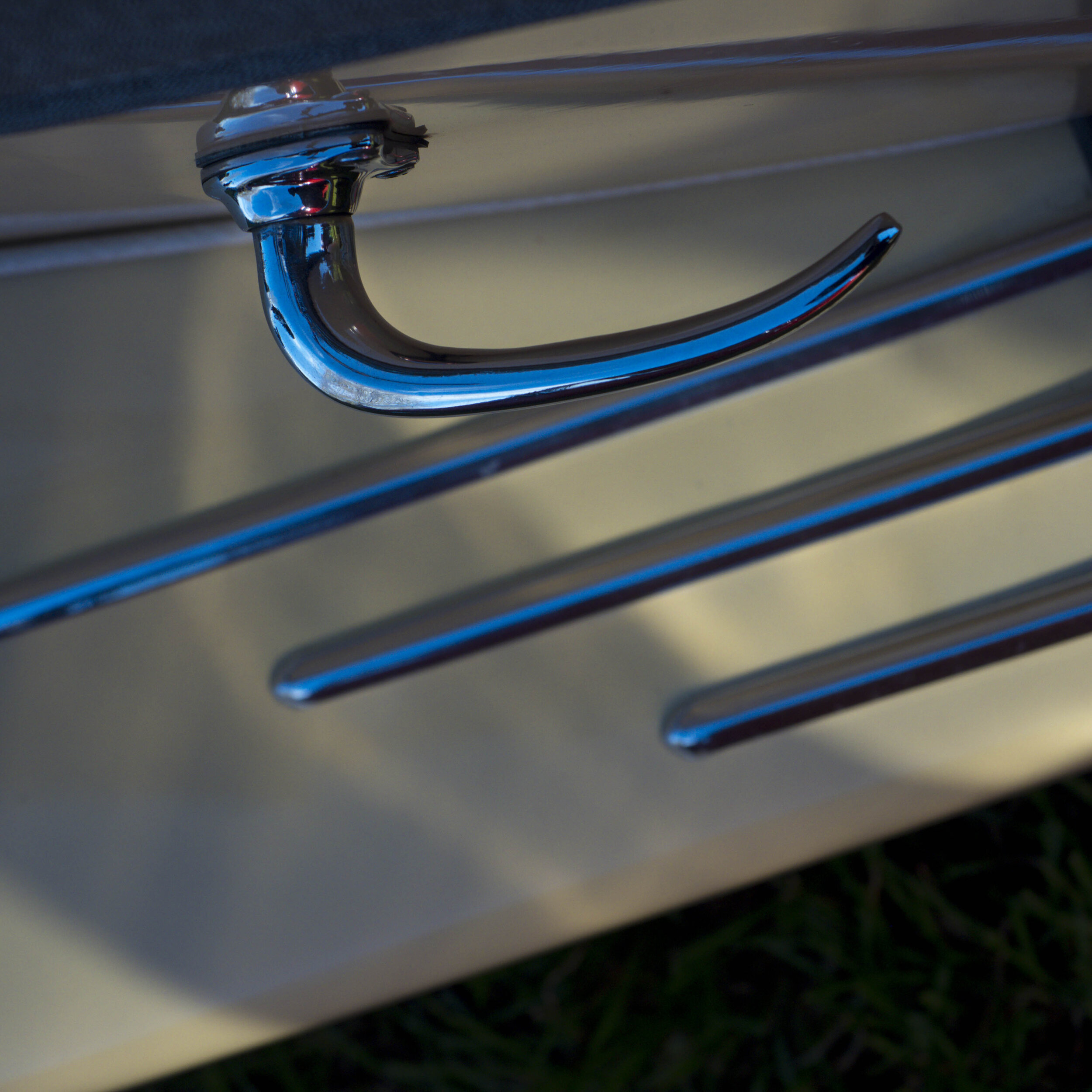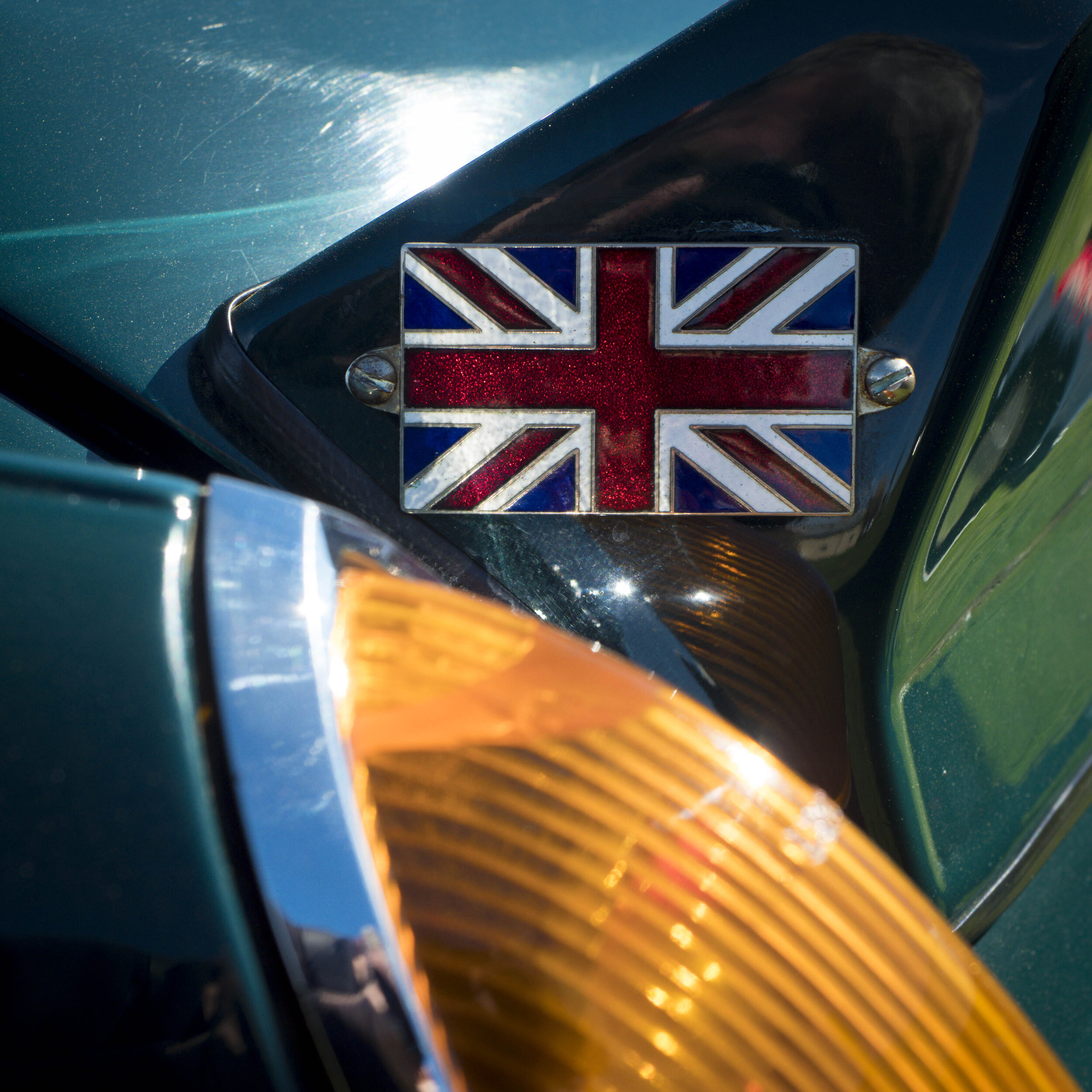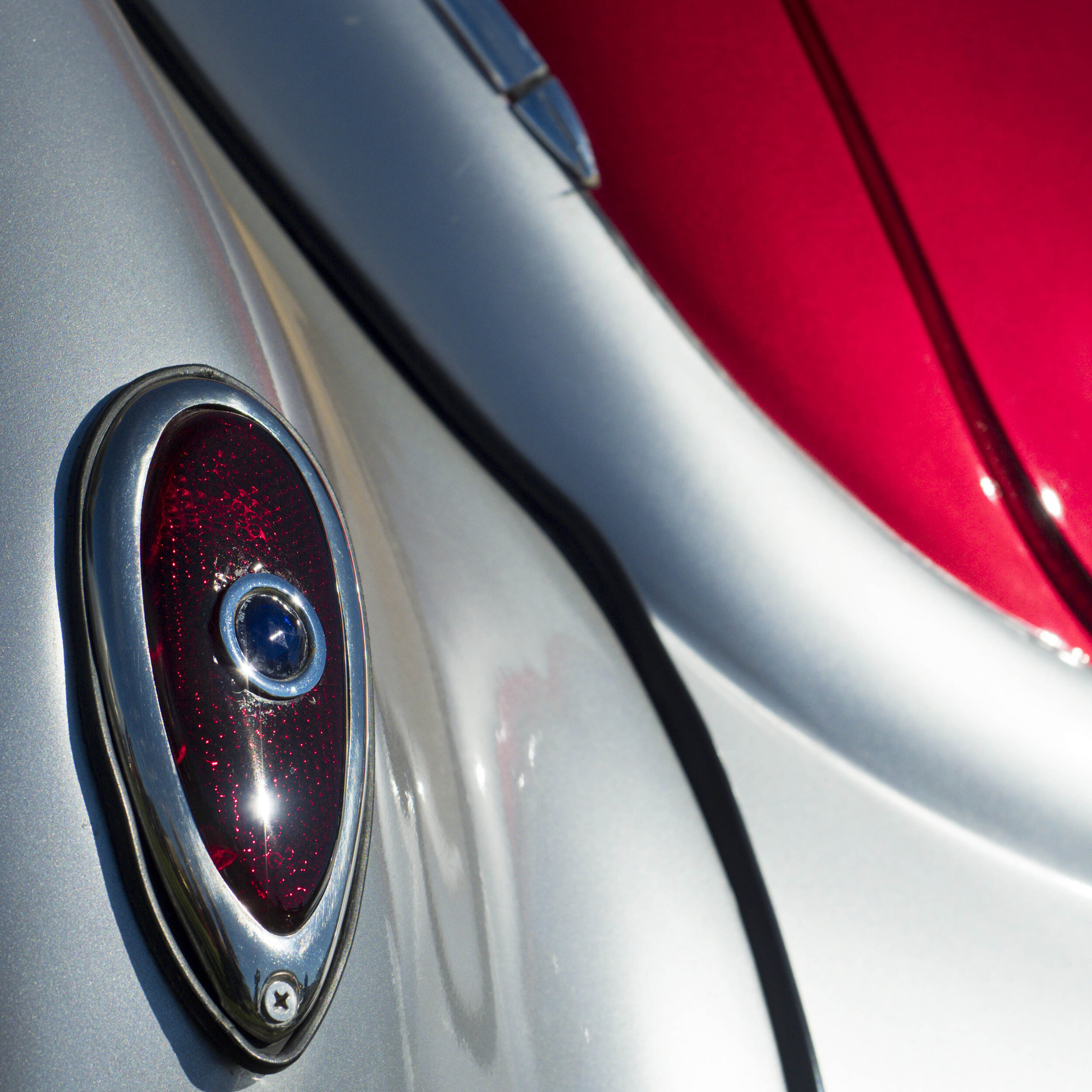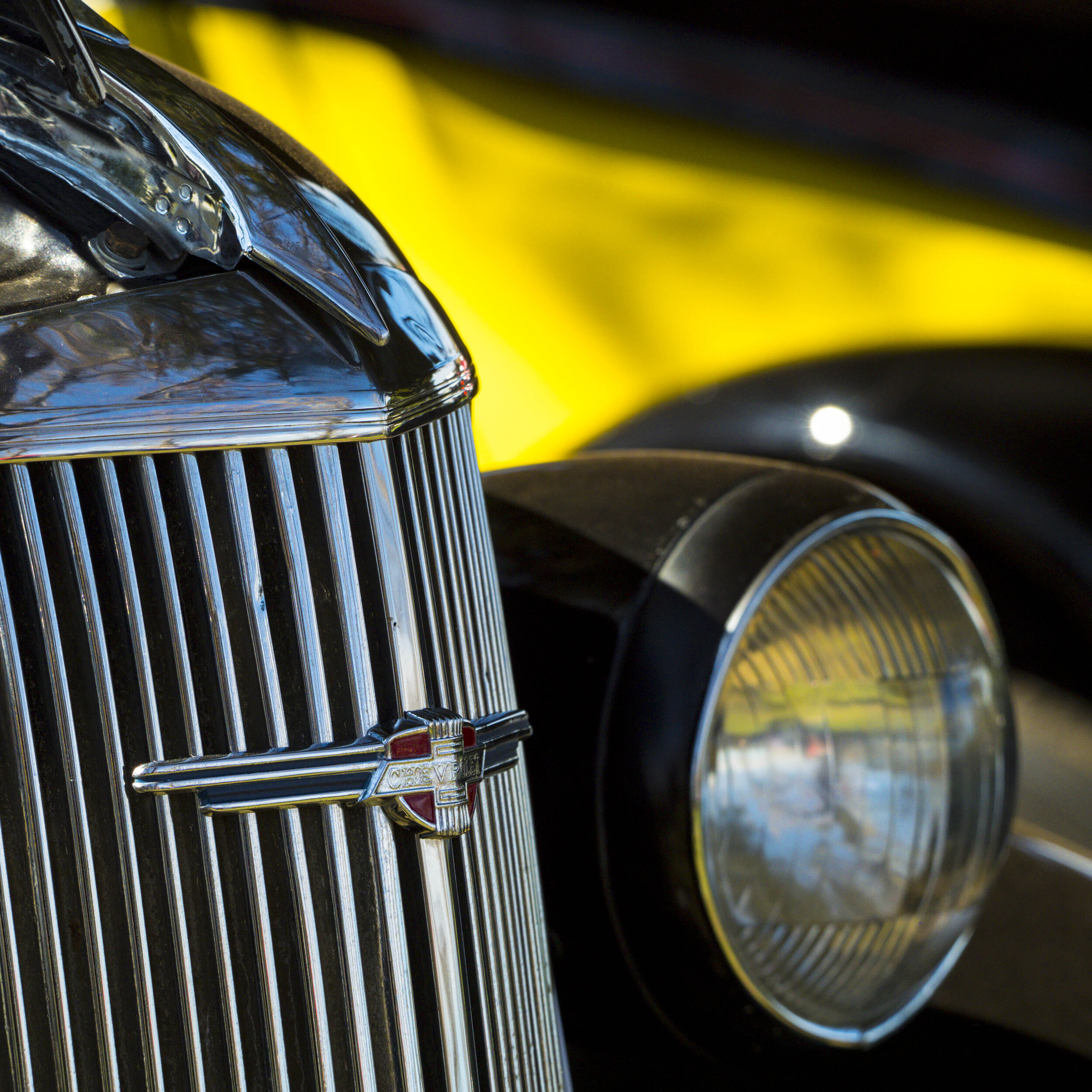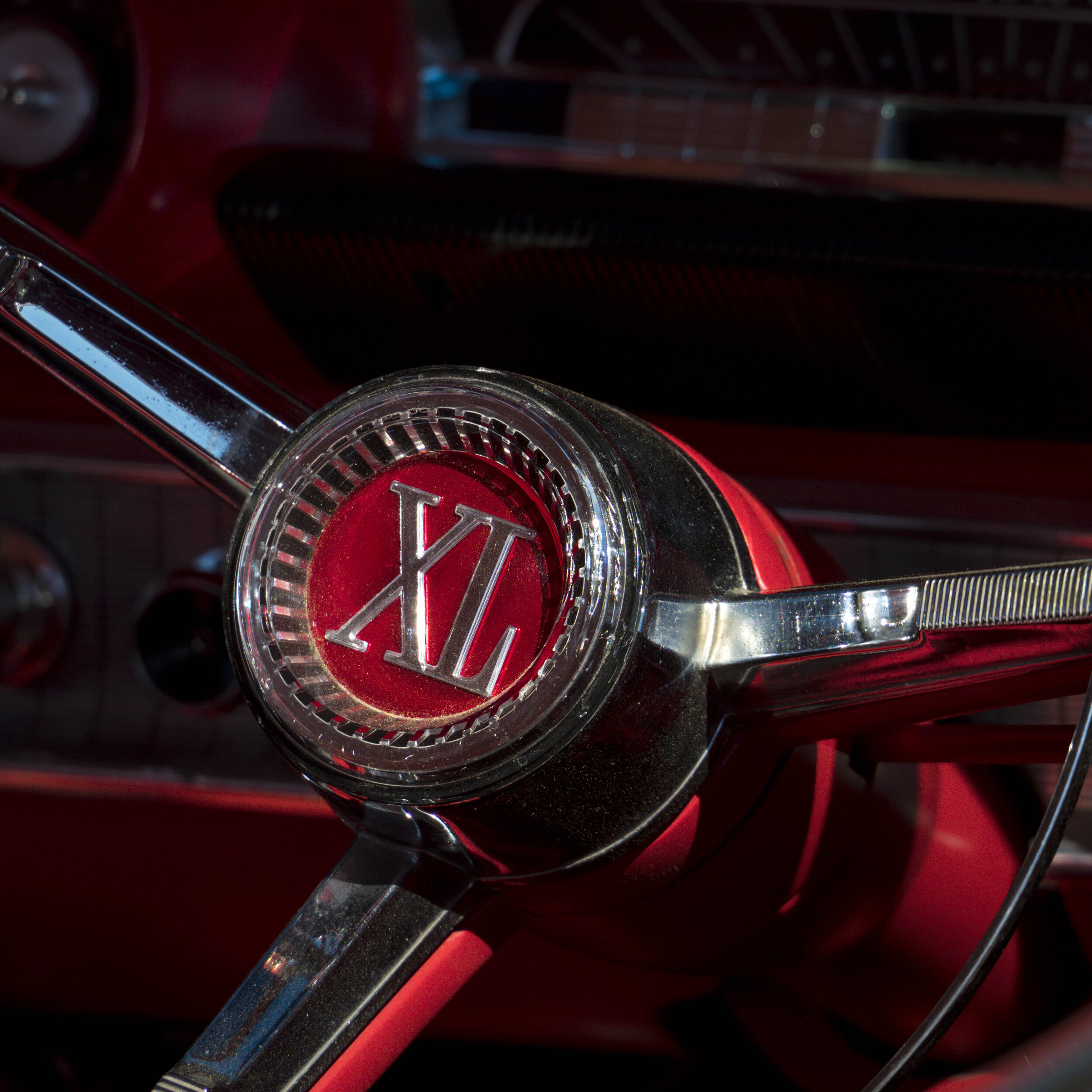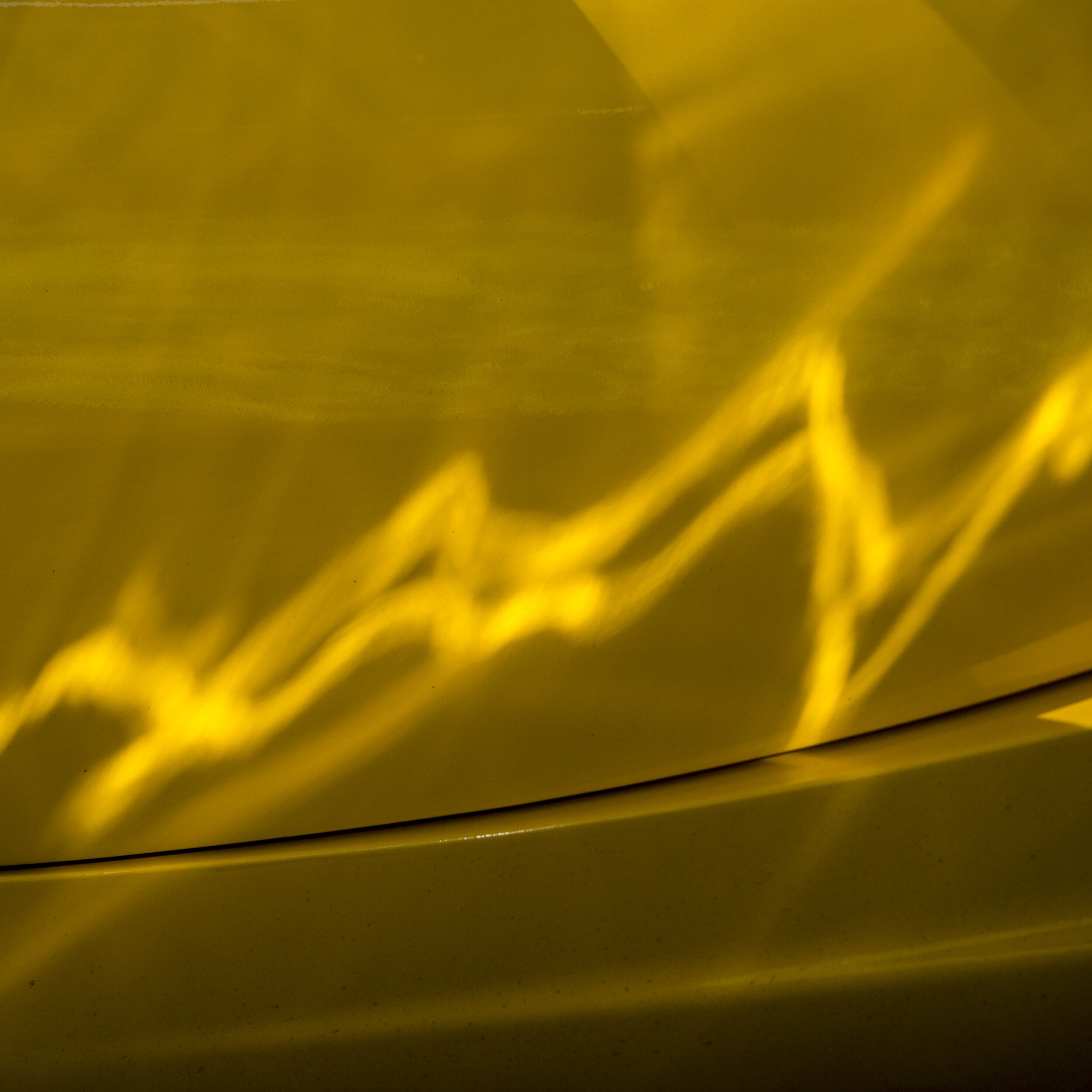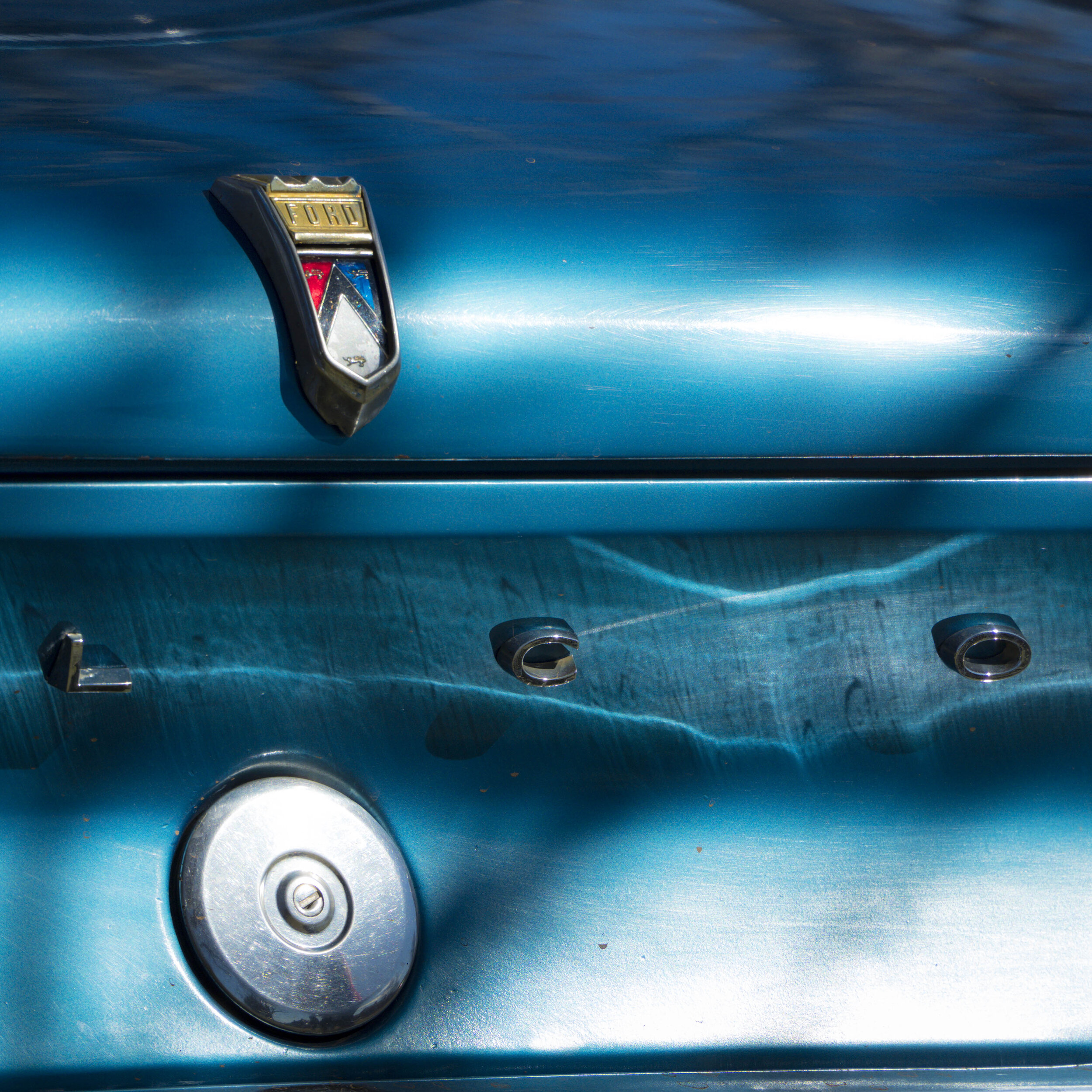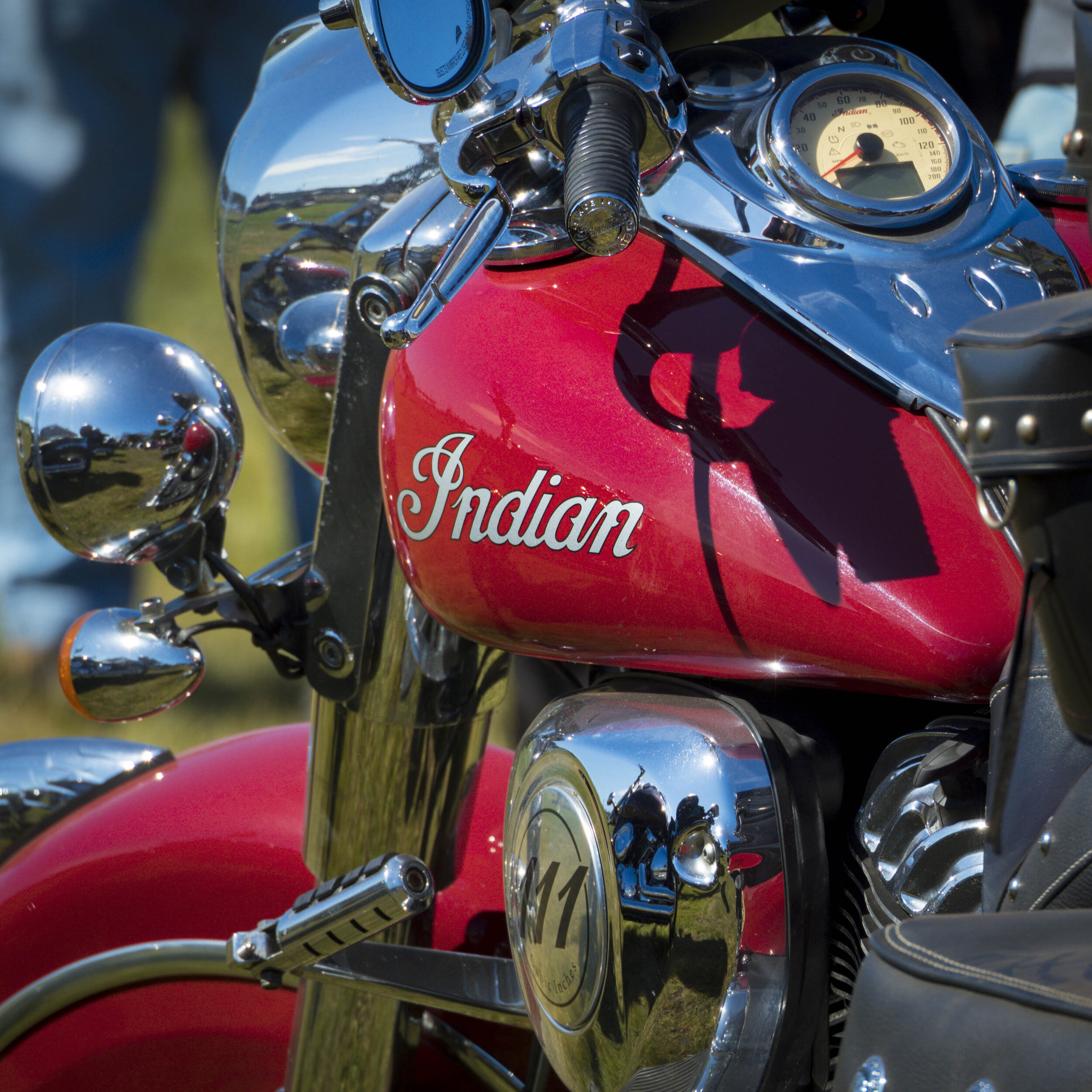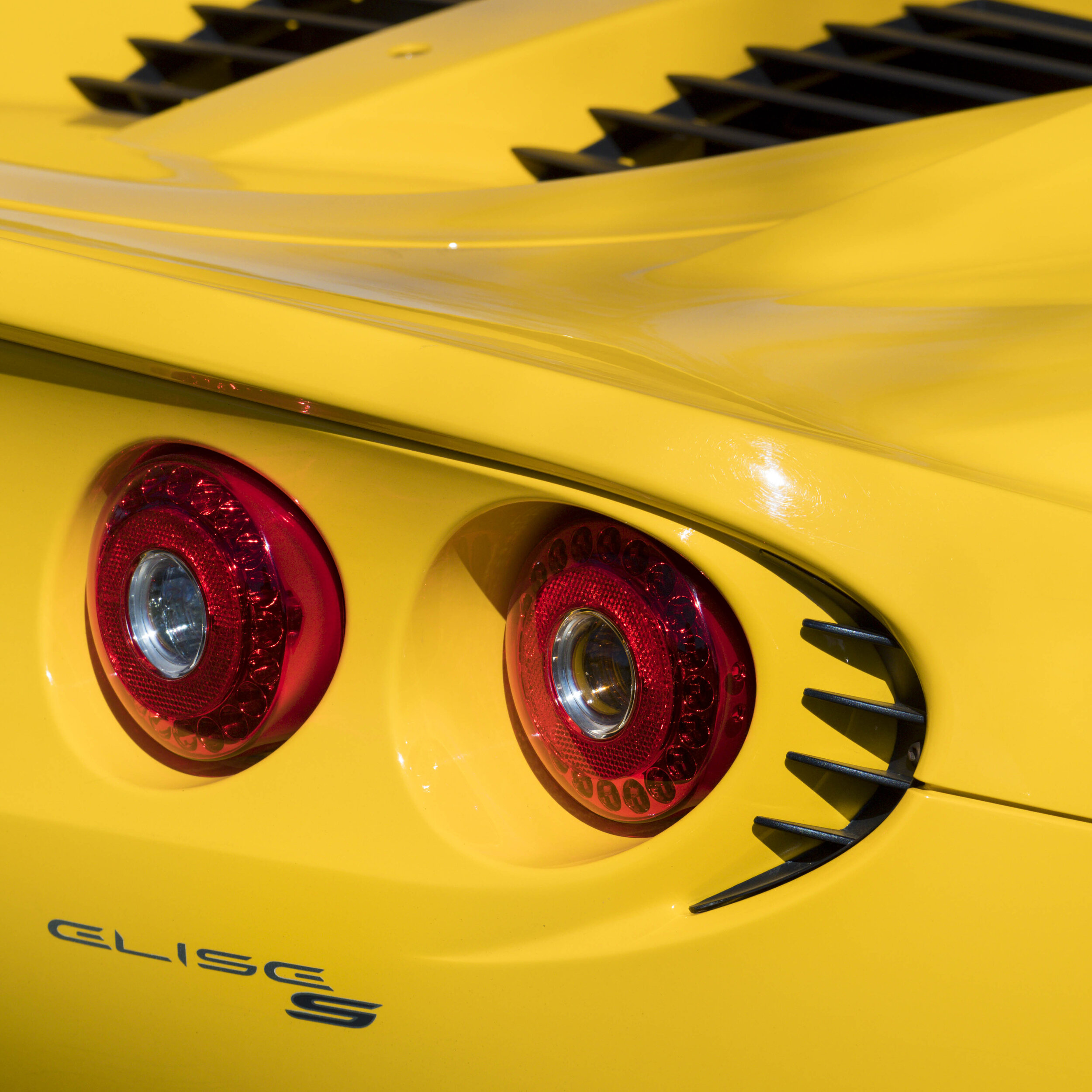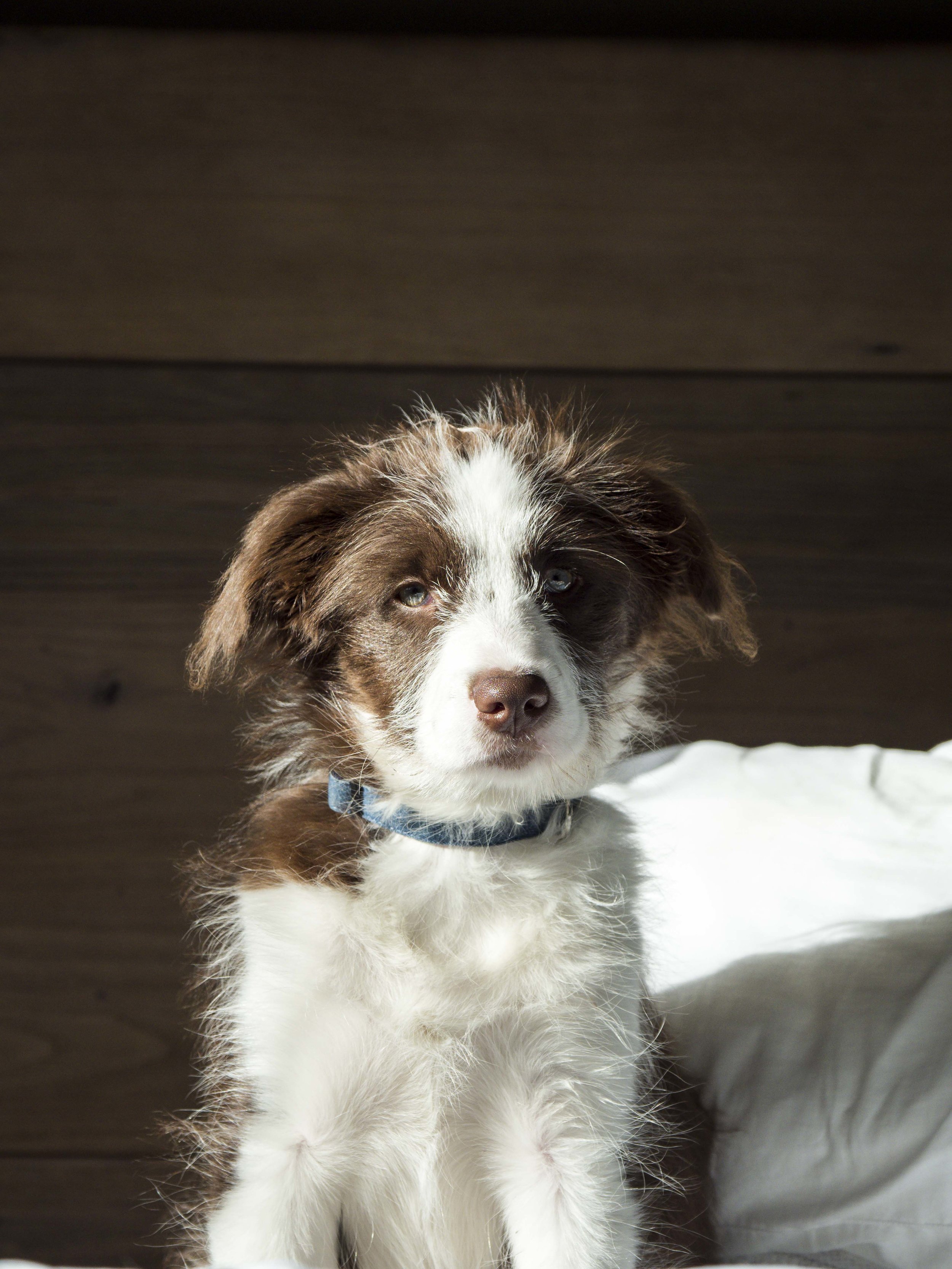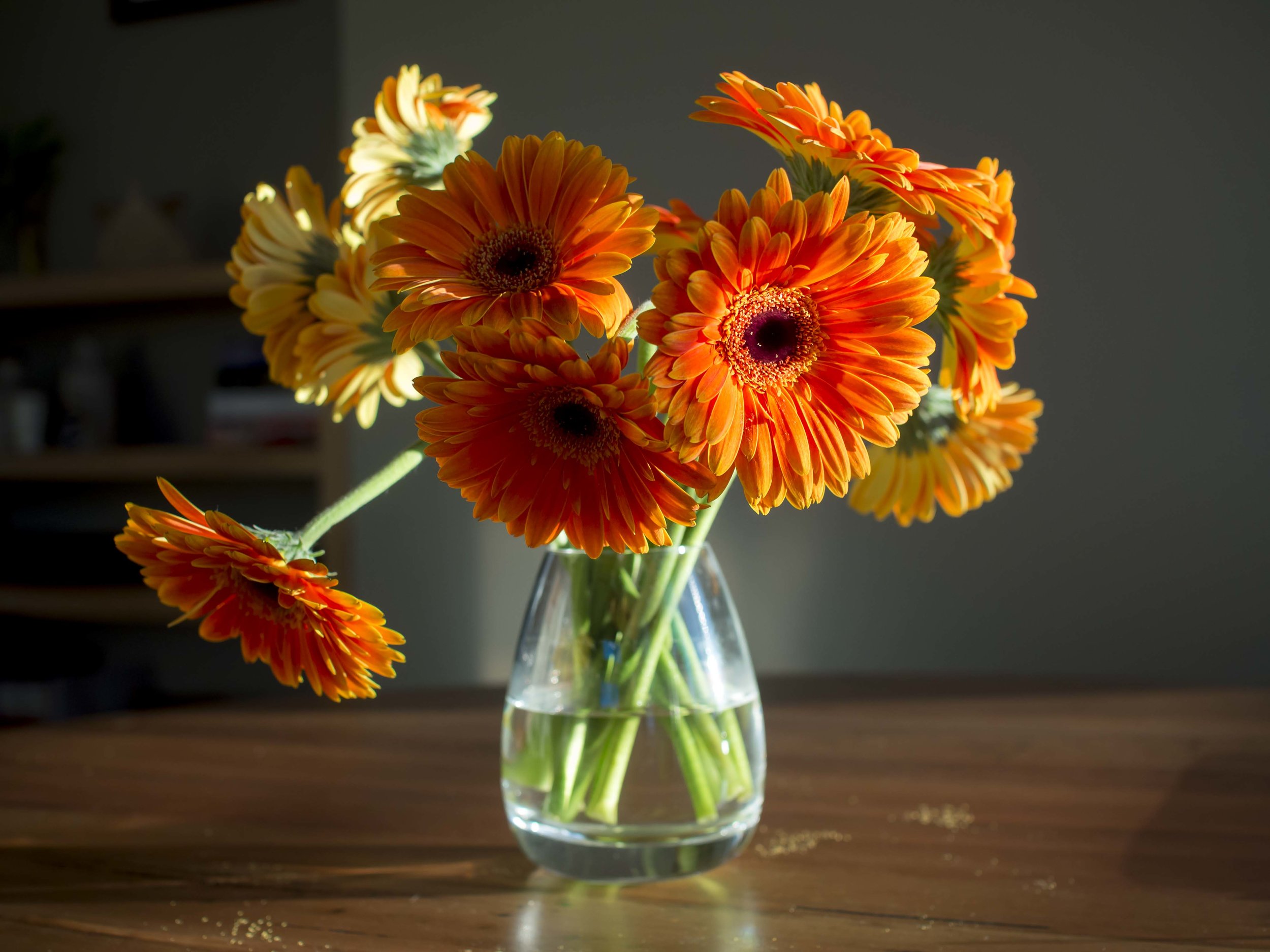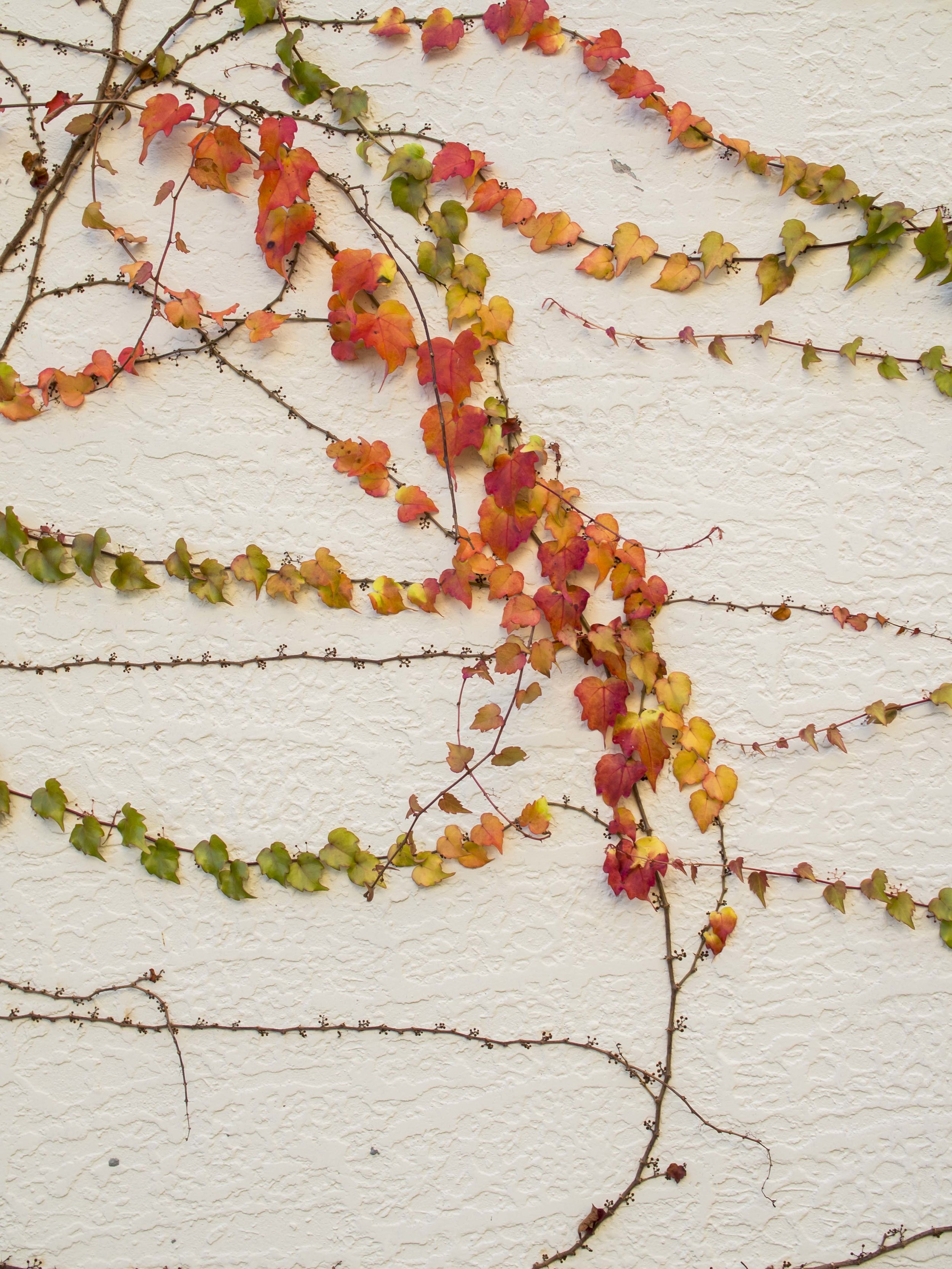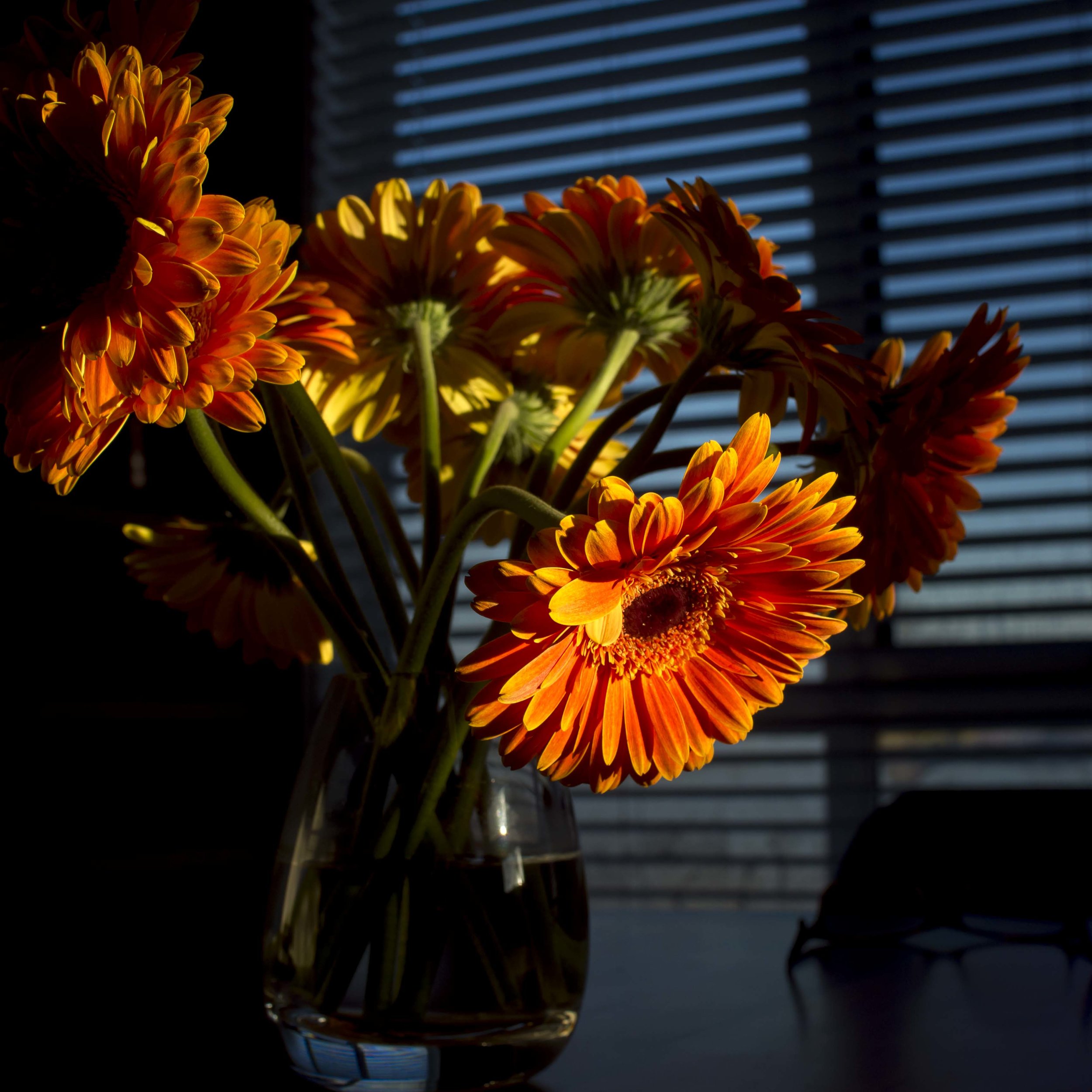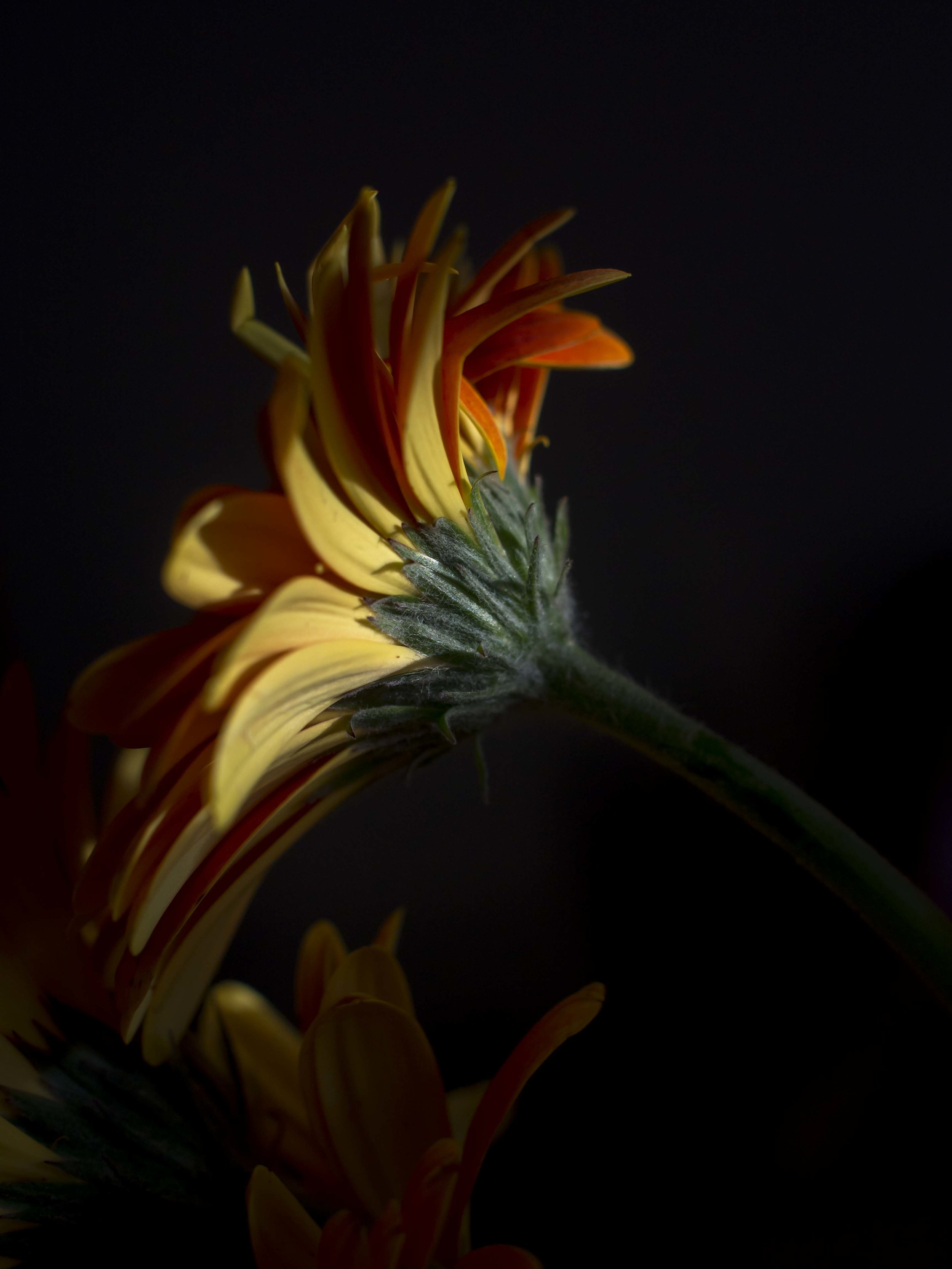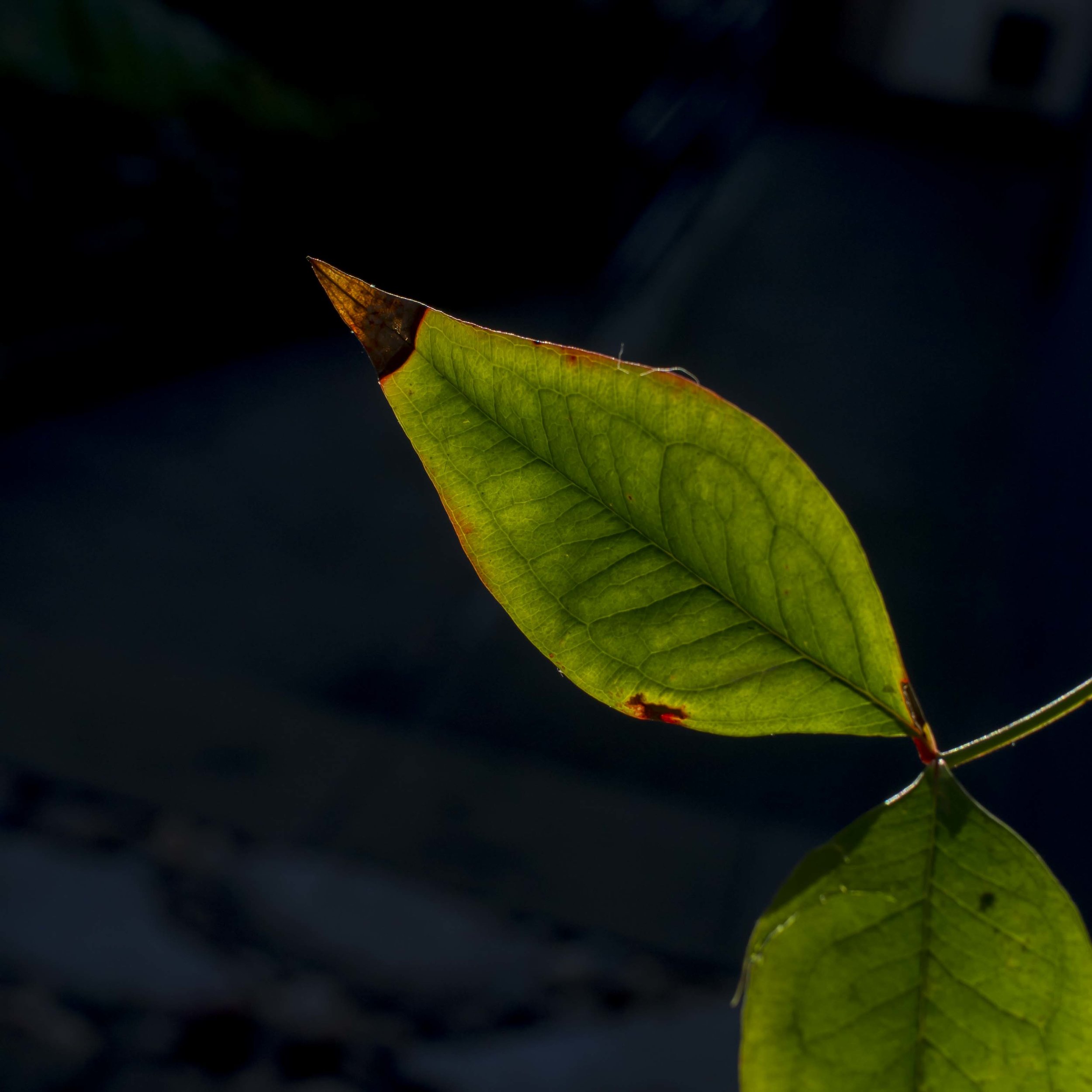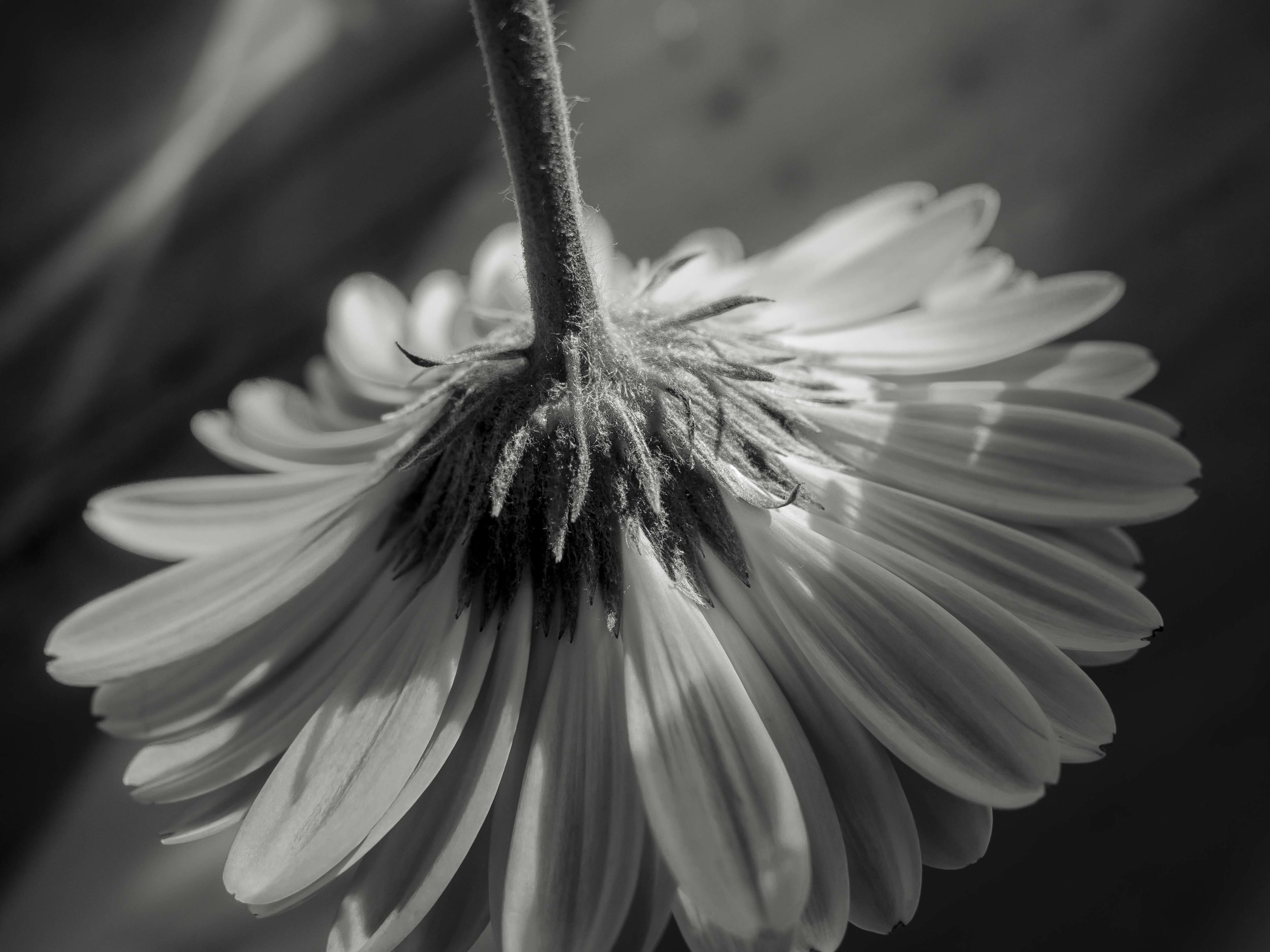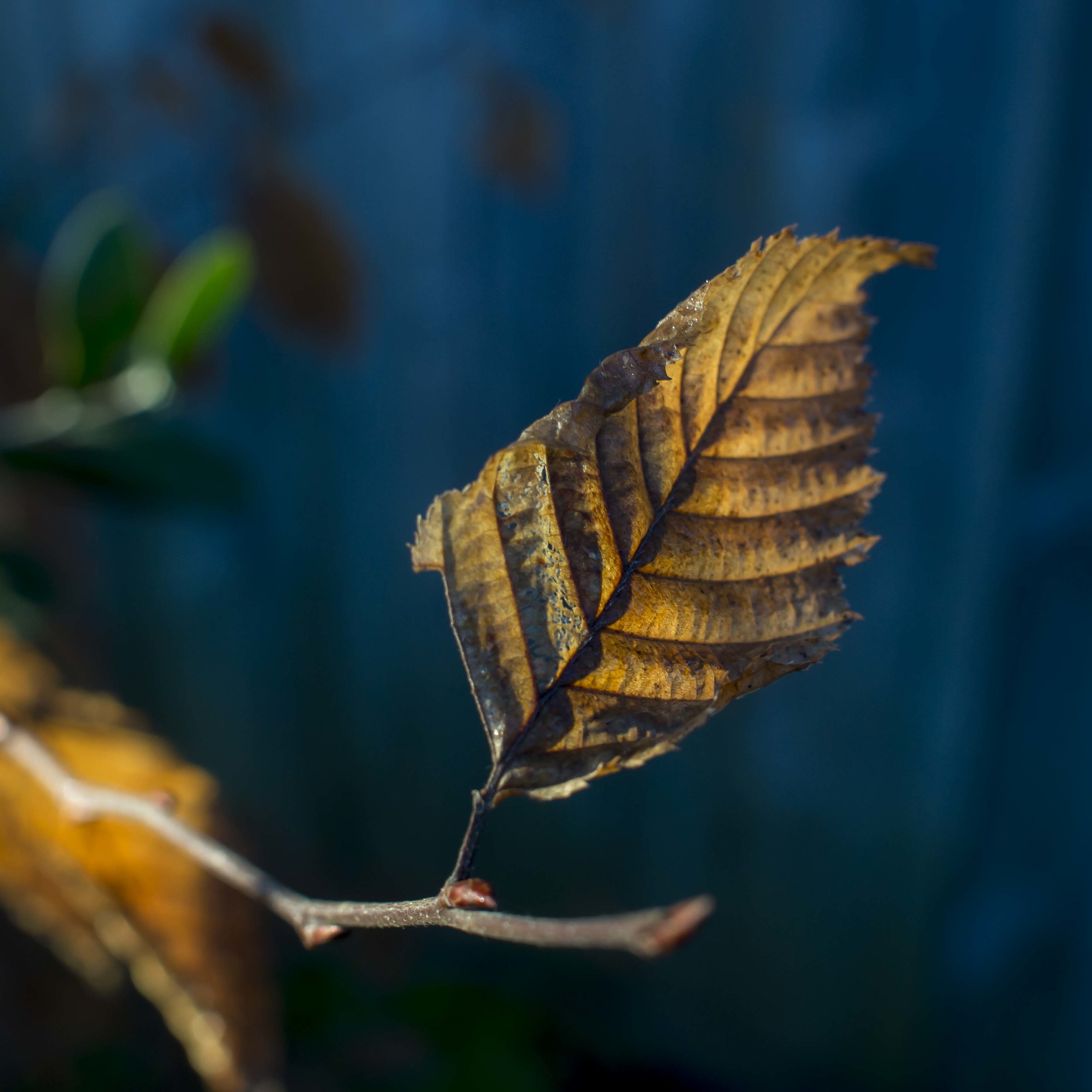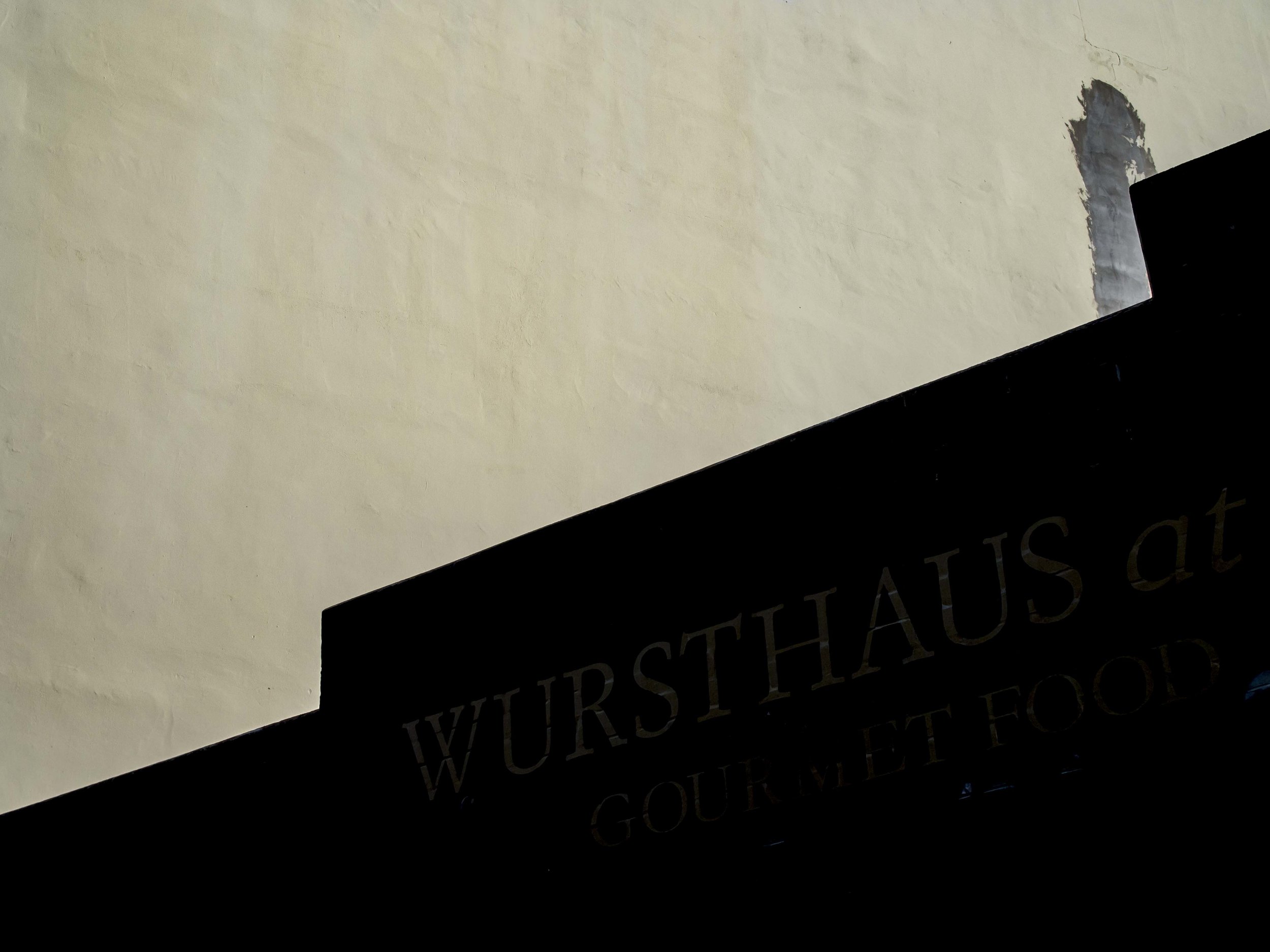Every time I go through this. Shaping my photographic options based on speculation, fear or making the wrong choice in opposition to the knowledge that I cannot really make up a bad kit.
There is a lot to be said for having little choice.
In the past I have used several camera and lens combinations, including zooms, small primes or both. I have never come away feeling like my gear, or at least my trip/day specific choices, have held me back. I cannot say for sure whether I adapt instinctively to what I am using or, more likely, just fall back on well worn work habits that allow me to “cut out” what I know I cannot do.
Compositional choices in fast transition environments are directly linked to focal length used, but only if you are in tune with that focal length. I find zoom lenses often confuse my thinking here, but are perfect for controlled shots, like landscapes, especially on the long end.
I sometimes wonder if a single camera and prime lens could do the job, but more realistically, a pair of primes on matched cameras would be sufficient. Options when packing are ok, limiting these on the day is ideal.
Zooms make life easier and complicate in equal measure. For street shooting, where speed is more reflex and intuition than technical, zooms add a separate thought trail that slows you down way too much. If zooms are used, they must be thought of as a set of single focal length lenses, conveniently grouped into one, pre selected and adhered to.
My wife has a new EM10 mk2 (a super end of model bargain in the 100 hours of madness, 100th anniversary sale from Olympus), which frees up the little Pen Mini that I find so good for street*.
Focal length was not a worry here, but pointing a relatively large EM1 and 12-40 zoom at someone in such intimate circumstances was. The Pen mini makes both ends off the process (shooter and subject) feel more at ease.
The reality is, I can function more than well enough with the Pen mini and 17mm at my right hand (on the long strap), with an EM5 (plus a back-up) in my left hand with either the budget 40-150 for good light or 45 f1.8 for lower light.
It seems the more gear I accumulate, the more I use the less exotic bits.

